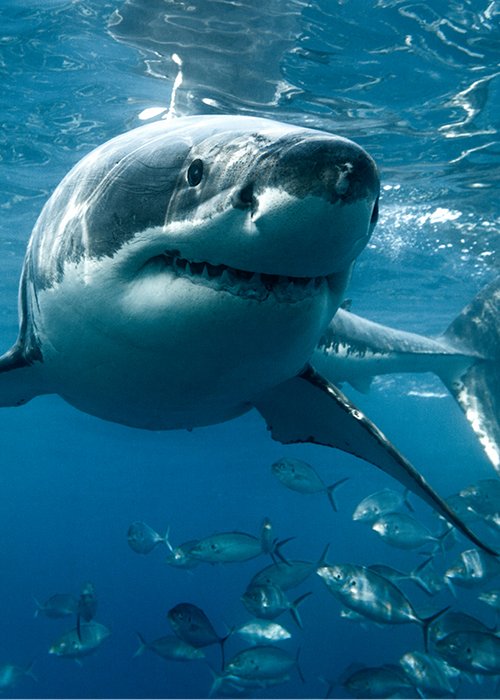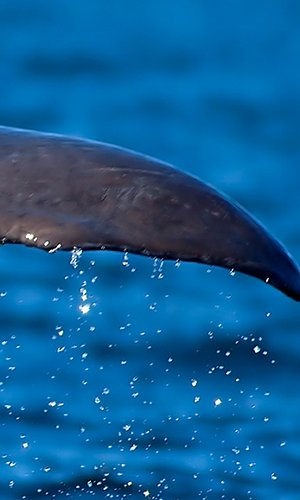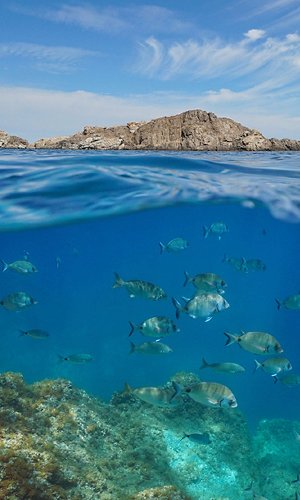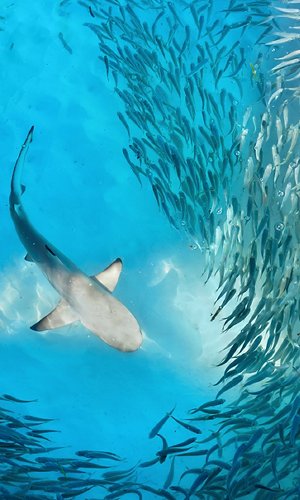While tracking a satellite tag placed on a female porbeagle shark, scientists made a surprising discovery: large sharks eat each other. A satellite tag is a small device capable of transmitting vital data, such as location and body temperature, to a satellite. The tag showed a sudden change in the shark’s temperature, swimming speed, and diving depth—highly unusual data that contradicted the known habits of this species.
The porbeagle shark (Lamna nasus), also known as mackerel shark, is a medium-sized species, reaching up to three and a half metres in length and with a maximum weight of 230 kg. It inhabits the Atlantic, Indian, and Pacific Oceans, as well as the Mediterranean, at depths of up to 400 metres. Its diet mainly consists of mackerel, squid, and cod. This shark is also known as one of the few ‘warm-blooded’ fish, as its powerful muscles enable it to raise its body temperature by as much as 10°C above the surrounding water.
The sudden change in the physical and behavioural characteristics of the tagged porbeagle could only be explained by the assumption that the shark was eaten by a larger predator, which swallowed the satellite tag along with its prey. But what shark was it? The researchers pointed to a massive great white shark, most likely female. Male great white sharks (Carcharodon carcharias) typically measure between 3.4 to 4.0 metres, while females range from 4.6 to 4.9 metres. Adult great whites generally weigh between 522 and 771 kg, but females can reach up to 680–1,110 kg.
Unlike the porbeagle, great whites primarily hunt near the surface, preying on tuna, swordfish, sea turtles, other sharks, dolphins, seals, and seabirds. The predation by a great white shark, which unlike the porbeagle does not warm its blood, would explain the sudden change in temperature and depth recorded by the tag.




